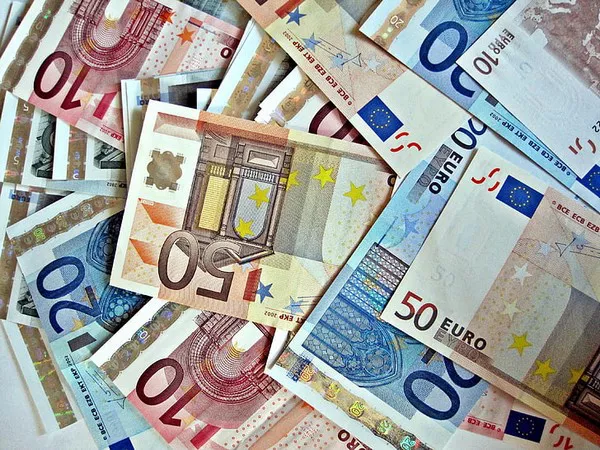The euro is the second most traded currency in the world after the US dollar. It was introduced in 1999 as an electronic currency and in 2002 as physical notes and coins. Today, it is the official currency of 19 out of the 27 European Union countries, including France, Germany, Italy, Spain, Portugal, Greece, and Ireland. But are euros different for each country? Let’s explore.
The Eurozone
The group of countries that use the euro as their official currency is called the Eurozone. These countries have the same currency, exchange rate, and monetary policy. This means that one euro has the same value in all Eurozone countries, and everyone can use it to buy goods and services, make payments, and transfer money between accounts without any restrictions or fees.
However, there are some differences in how euros are issued, designed, and distributed within each country. For example, each country’s central bank is responsible for producing and circulating its own euro coins, which have a common side with the euro symbol and a national side with a unique design that reflects the country’s culture, history, and identity. The same applies to banknotes, which are printed by the European Central Bank but have different serial numbers and signatures according to the country where they are issued.
Euro Coins
Euro coins come in eight denominations: 1 cent, 2 cents, 5 cents, 10 cents, 20 cents, 50 cents, 1 euro, and 2 euros. The size, weight, color, and composition of each coin are the same across all Eurozone countries, but the national side can vary widely. For instance, the French 1 euro coin features Marianne, the symbol of the French Republic, while the German 1 euro coin shows an eagle, the emblem of the Federal Republic of Germany.
Euro Banknotes
Euro banknotes come in seven denominations: 5 euros, 10 euros, 20 euros, 50 euros, 100 euros, 200 euros, and 500 euros. The design, security features, and size of each banknote are the same across all Eurozone countries, but the serial number and signature are unique to each country. Moreover, some countries have a special commemorative edition of one or more banknotes to celebrate a national event or personality.
For example, the Irish 20 euro note has a portrait of the famous Irish writer and poet William Butler Yeats and a quotation from his poem “The Wild Swans at Coole”. Similarly, the Greek 2 euro coin marks the 2,400th anniversary of the birth of ancient Greek philosopher Aristotle with a portrait of him and an inscription in Greek letters.
Using Euros Abroad
One advantage of using euros is that they are widely accepted outside the Eurozone as a second currency or a reserve currency. Many countries, especially in Africa, the Caribbean, and the Pacific, use the euro in their foreign trade and tourism activities, either by pegging their own currency to the euro or by accepting it as a means of payment alongside their national currency.
However, it is important to note that the exchange rate between euros and other currencies can vary depending on the market conditions, the political situation, and the economic policies of each country. Therefore, when traveling abroad or sending money to another country, it is advisable to check the current exchange rate and any fees or charges that may apply.
Conclusion
To sum up, euros are not different for each country in terms of value, but they can have different designs, symbols, and images on their national side. This diversity reflects the cultural richness and diversity of Europe and enhances the sense of national identity and belonging. Whether you use euros as a tourist, a trader, or a citizen, you can appreciate the convenience, stability, and security that this currency offers.
Related topics:


